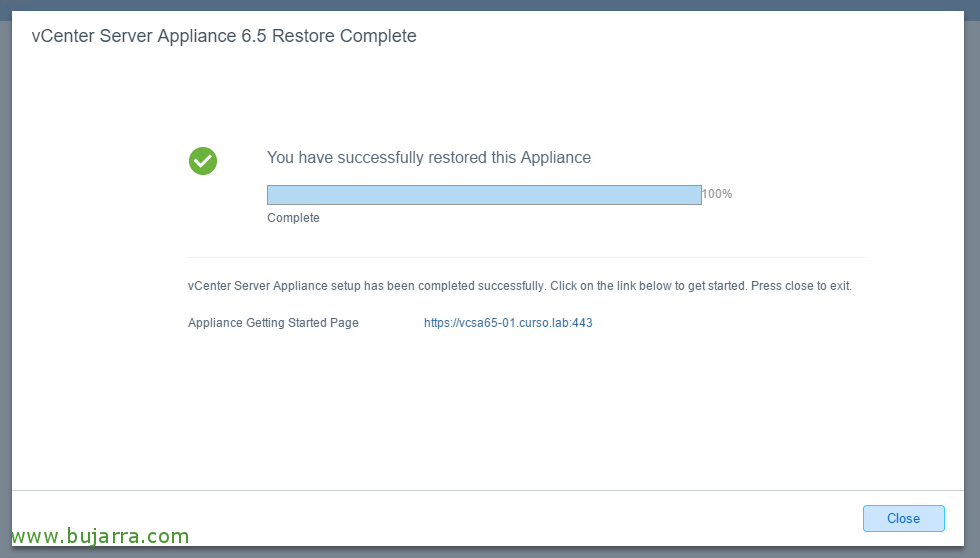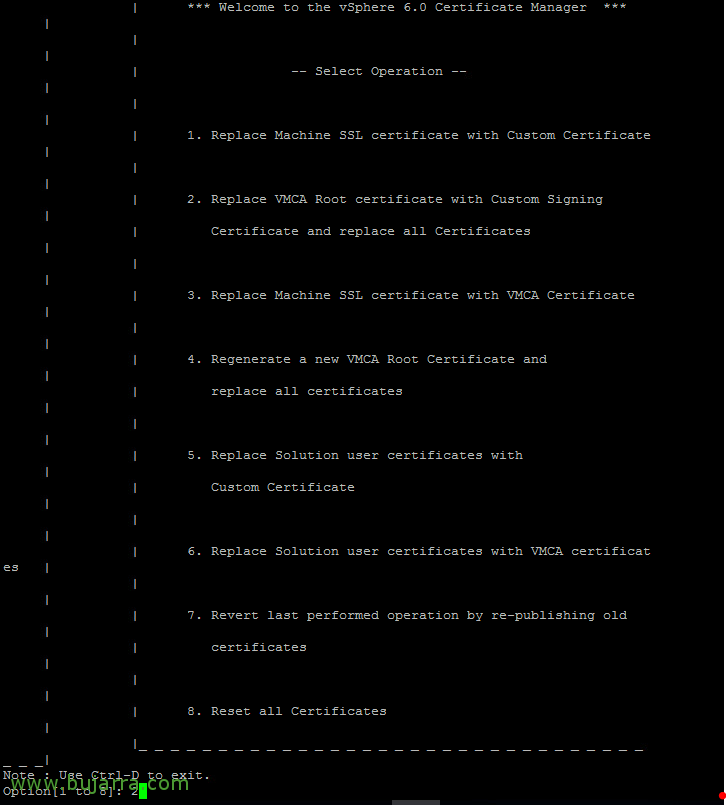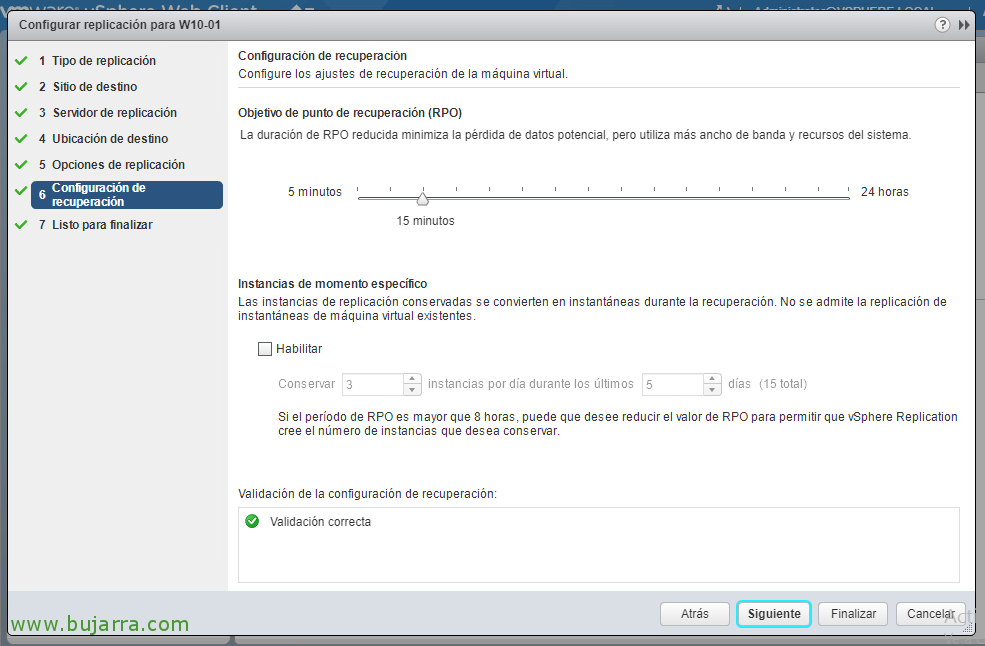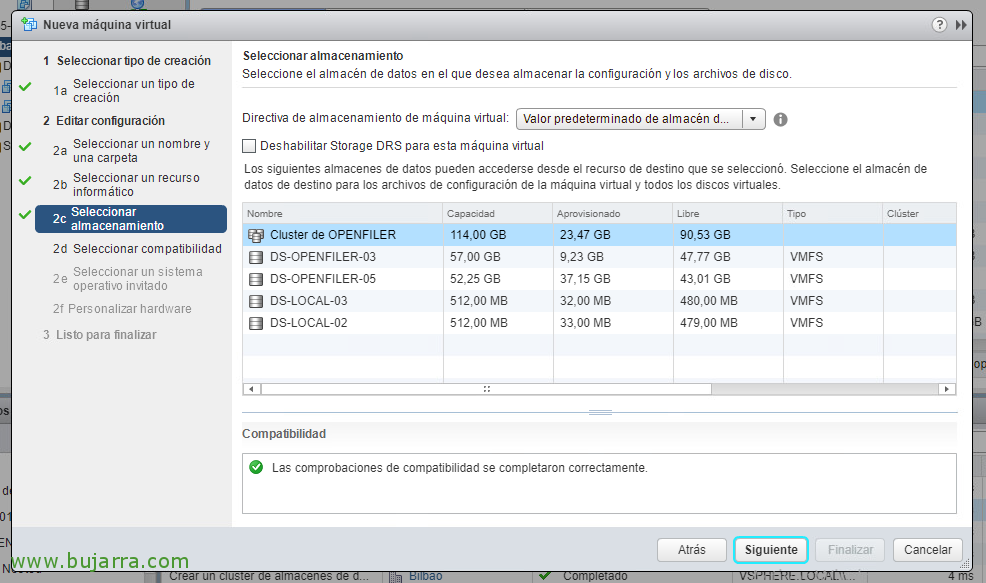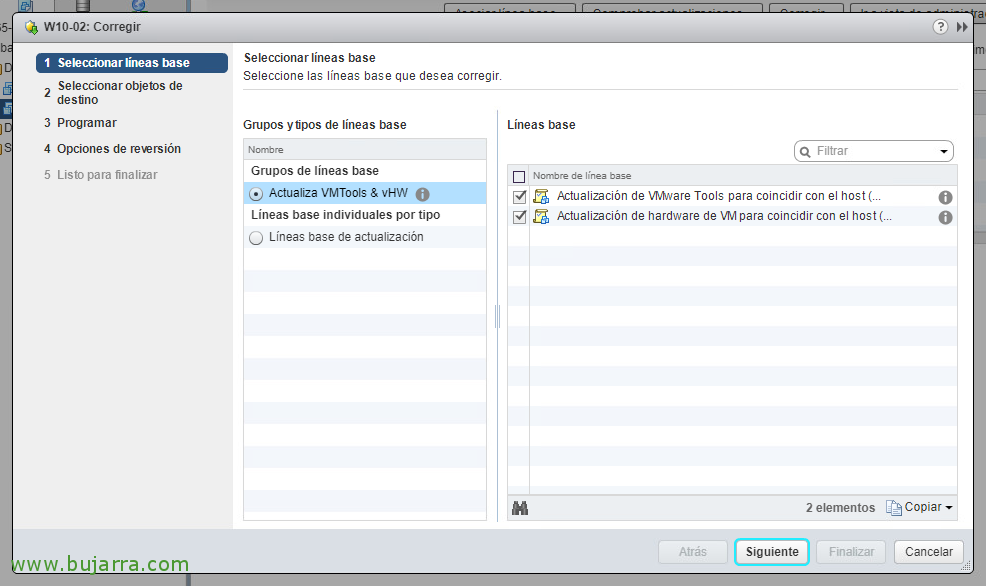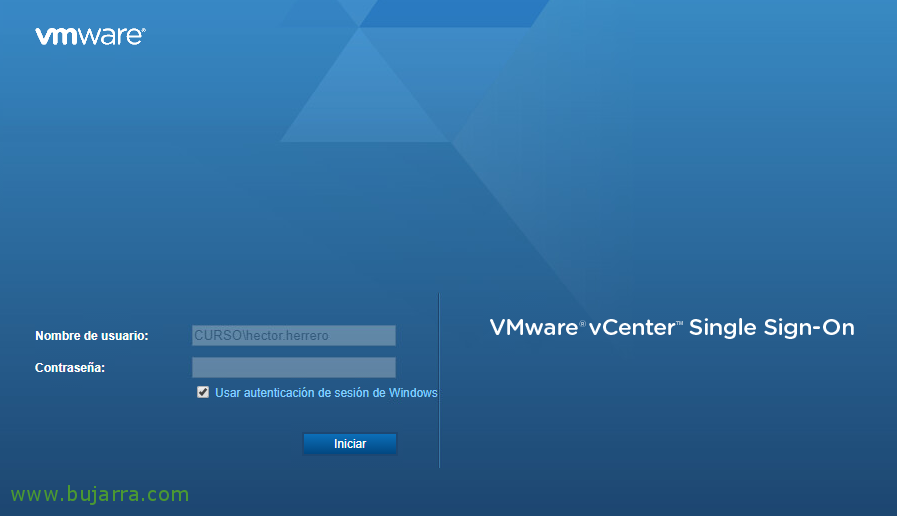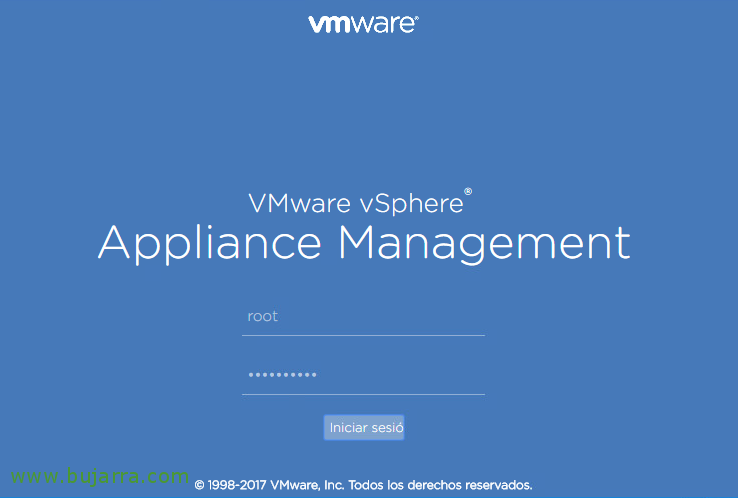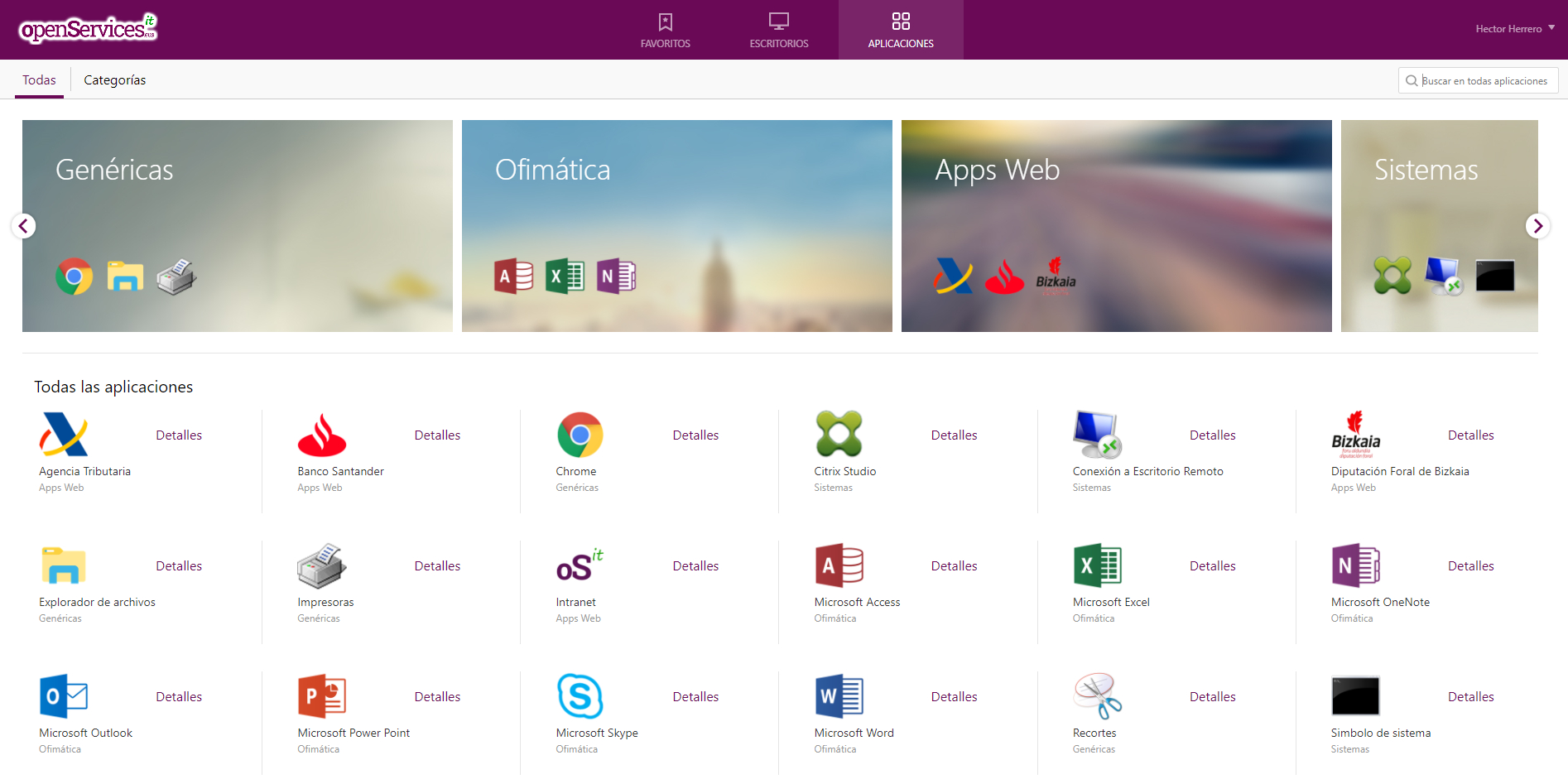Backing up the vCenter Server Appliance
Continuing with the series of posts on vSphere 6.5, in this document we will be able to see another of the novelties that VMware vSphere brought us with its version 6.5, which is nothing more than the possibility of backing up our vCenter Server! In this post, we'll look at how to set up your backup and make backups and we'll also look at how to recover a vCenter Server Appliance if necessary! I hope you enjoy it!

